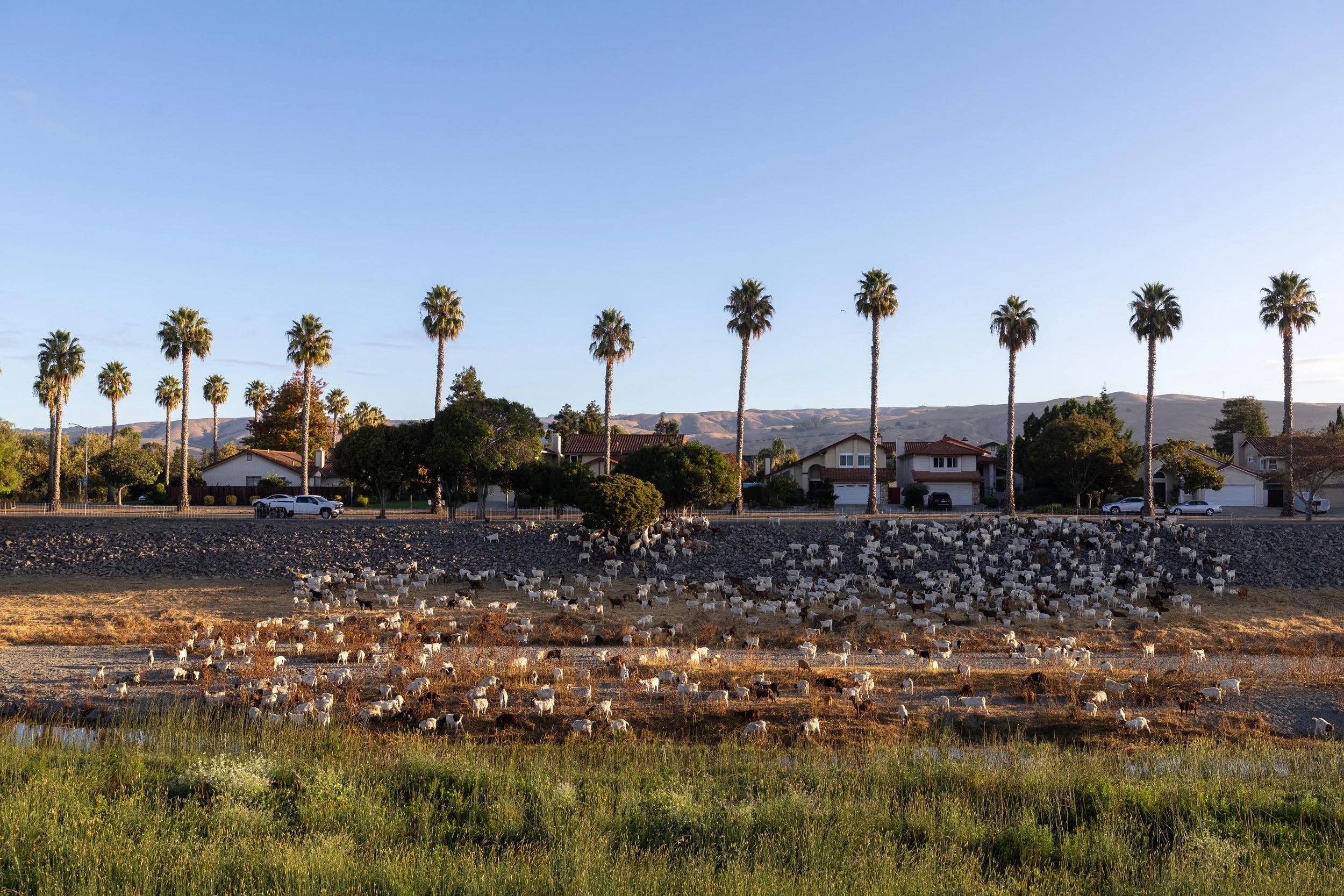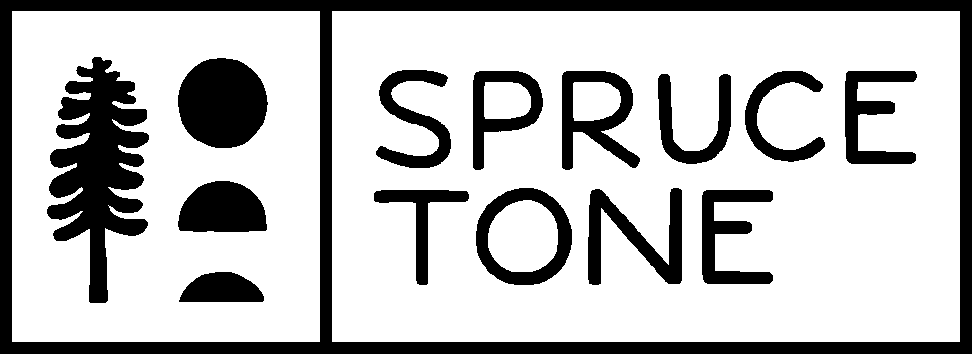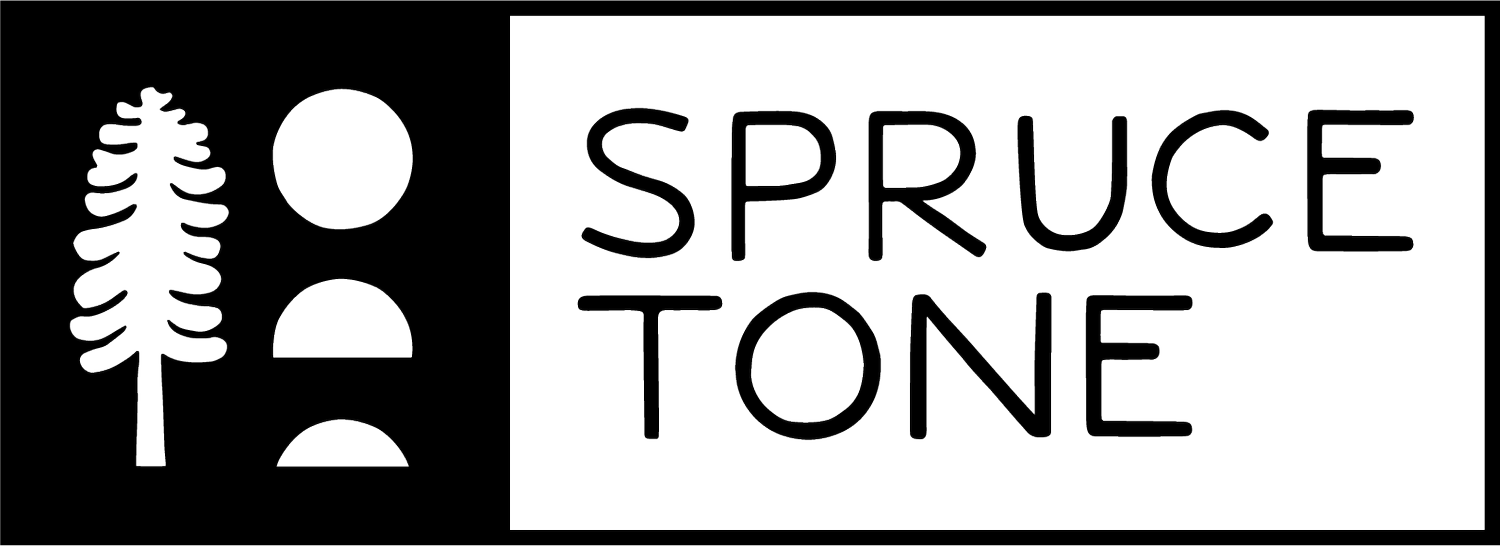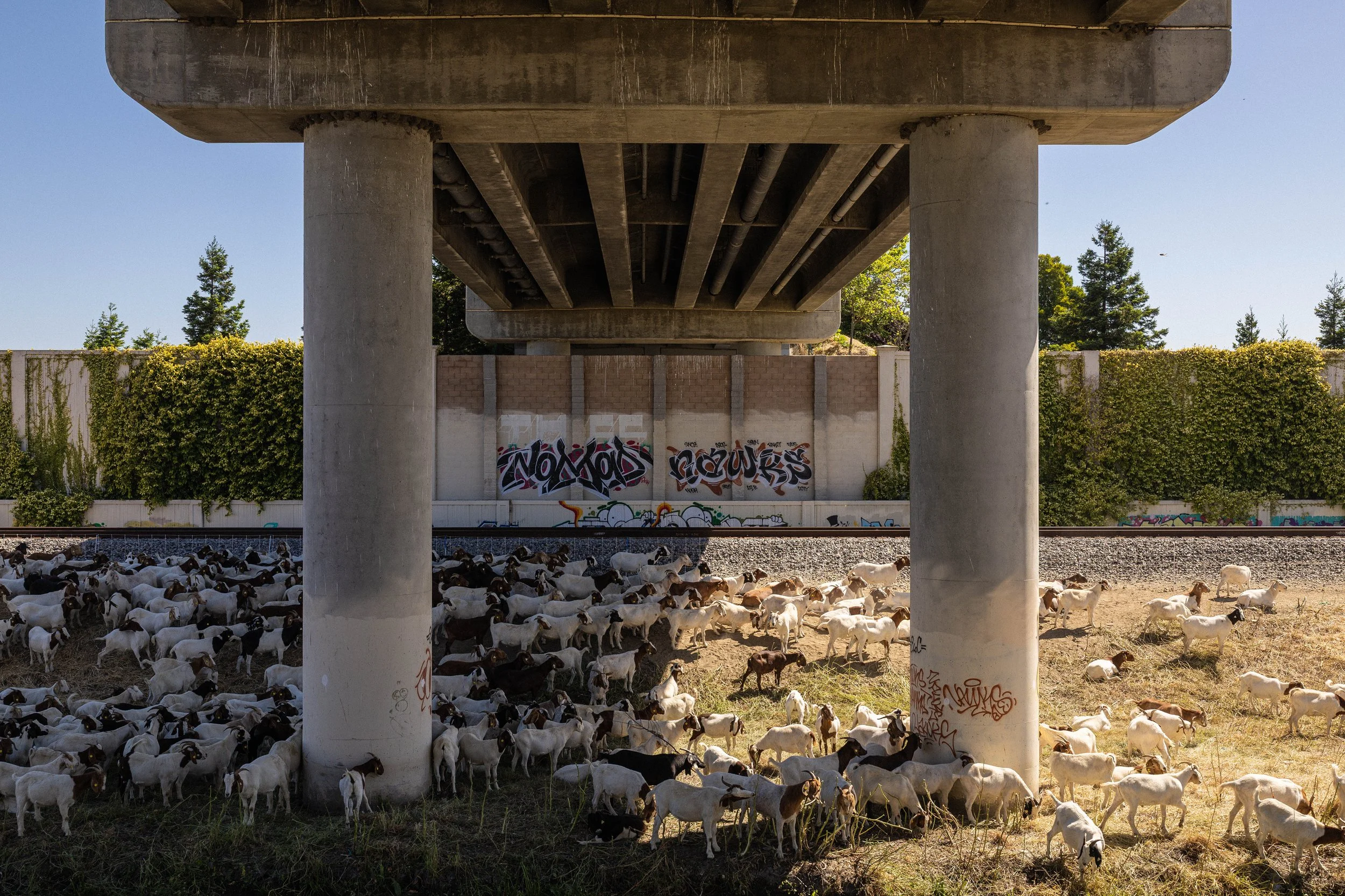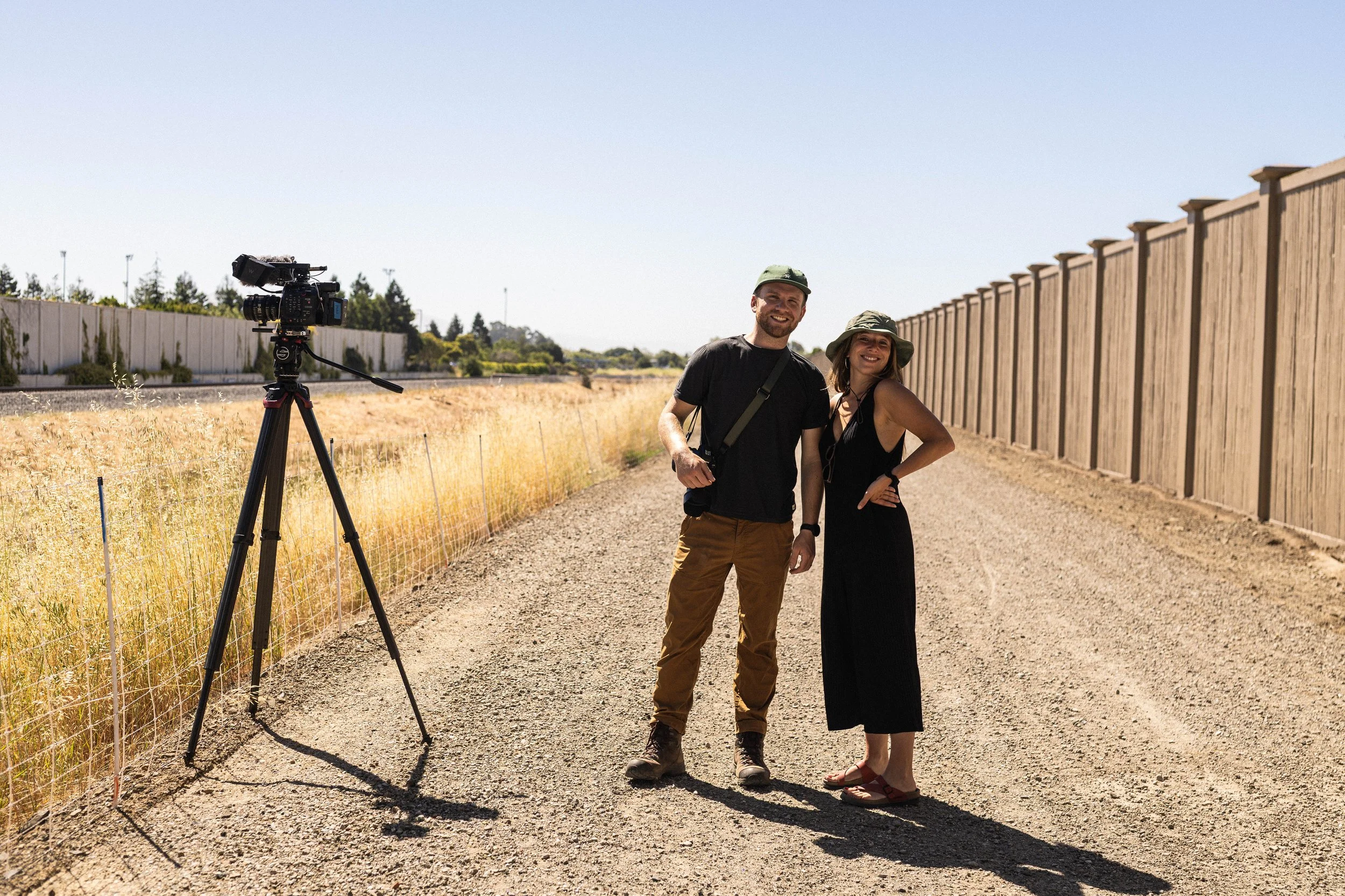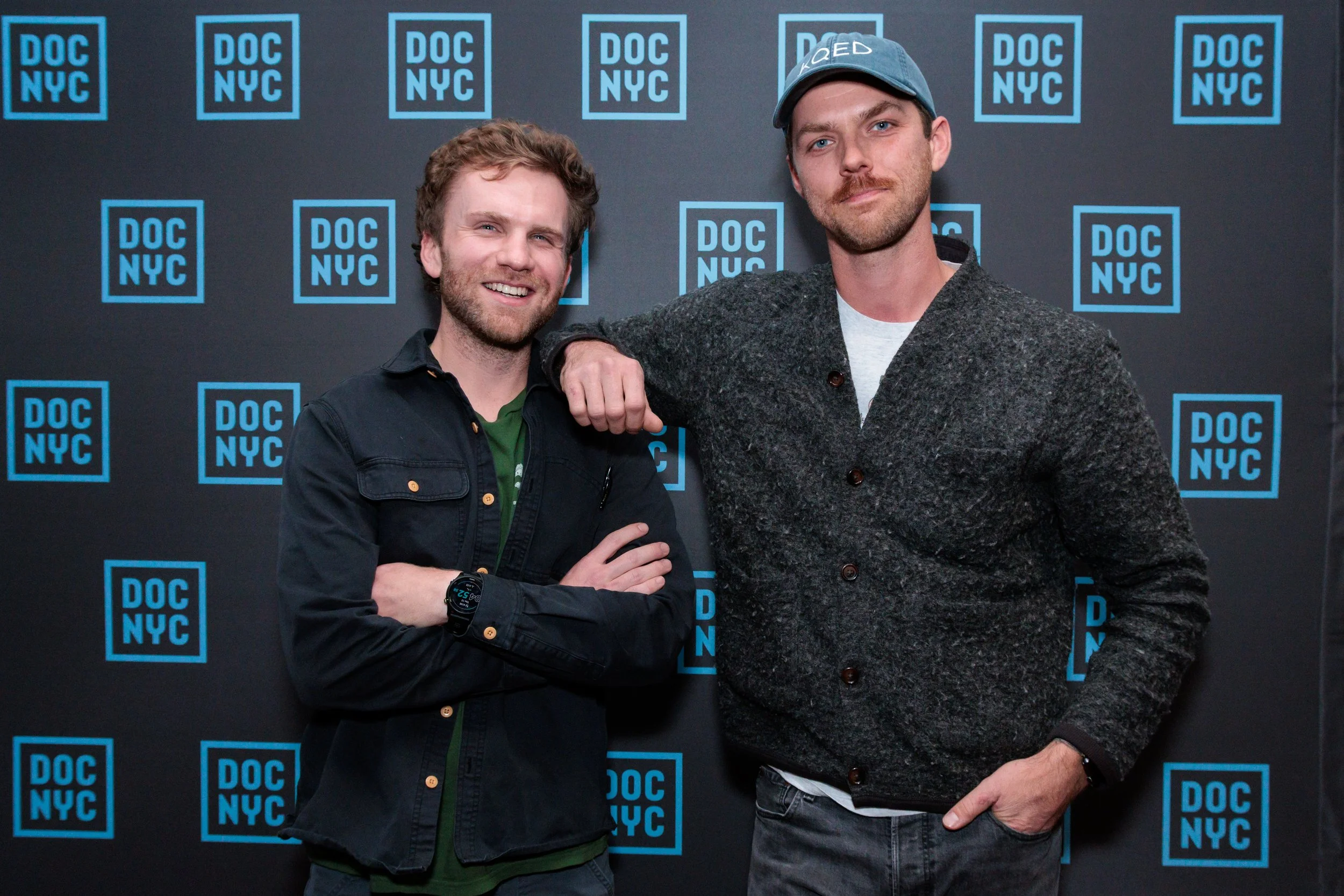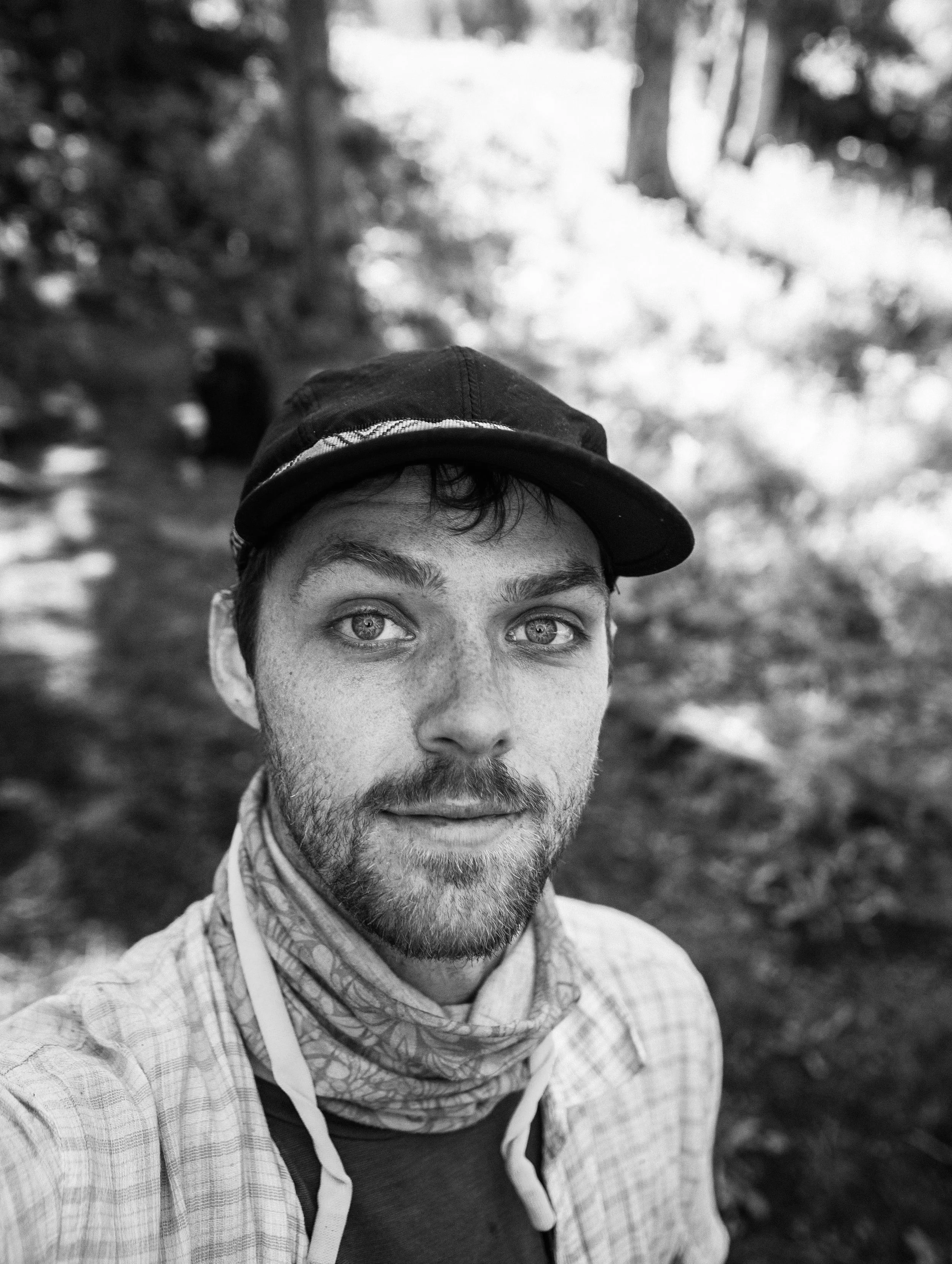
Cabras y Chivas
California ranchers work alongside migrant shepherds, managing thousands of goats to mitigate wildfire risk across the state. Often unseen to the communities they serve, together they’re navigating the shifting borders of climate, family and immigration.
Supported by
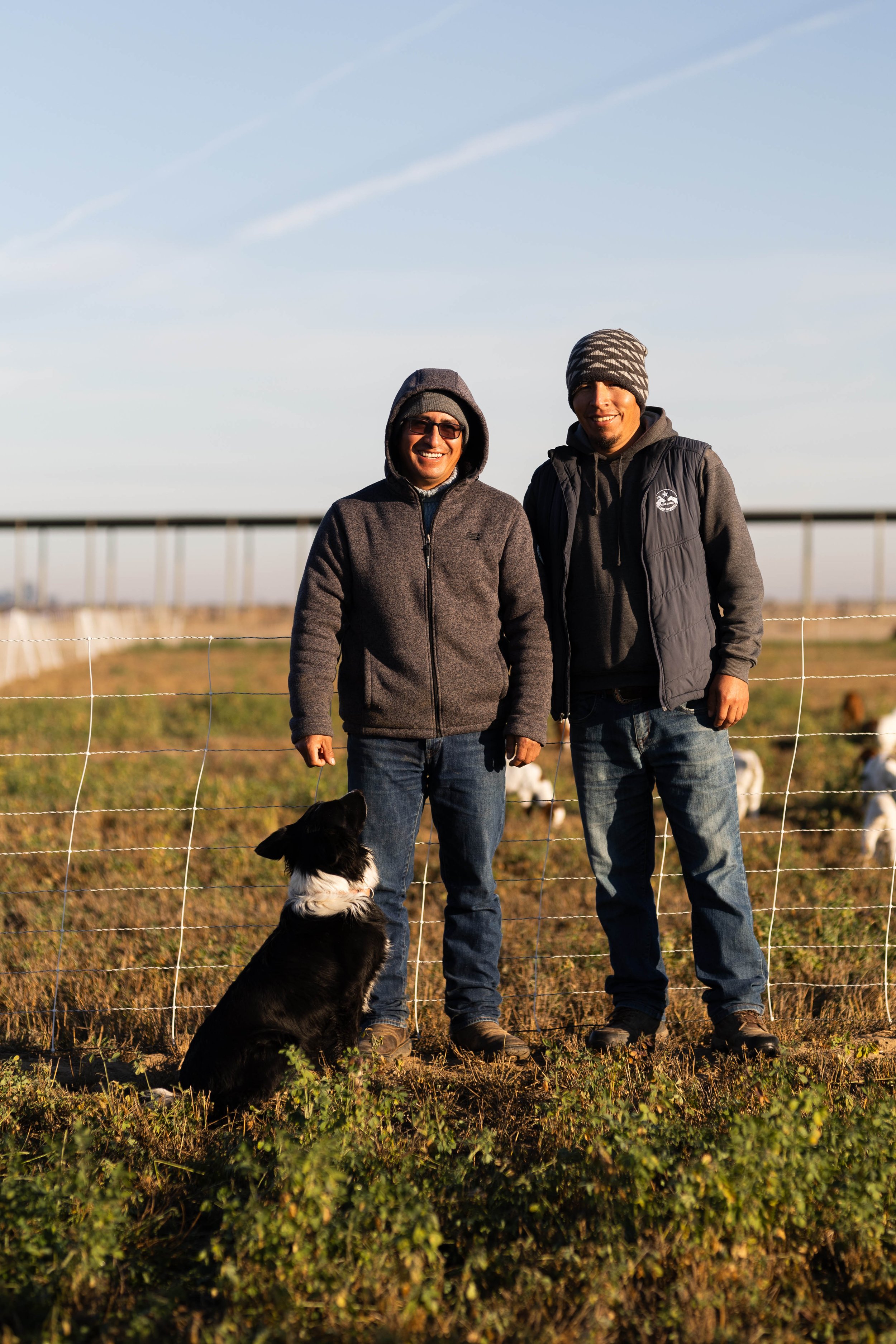

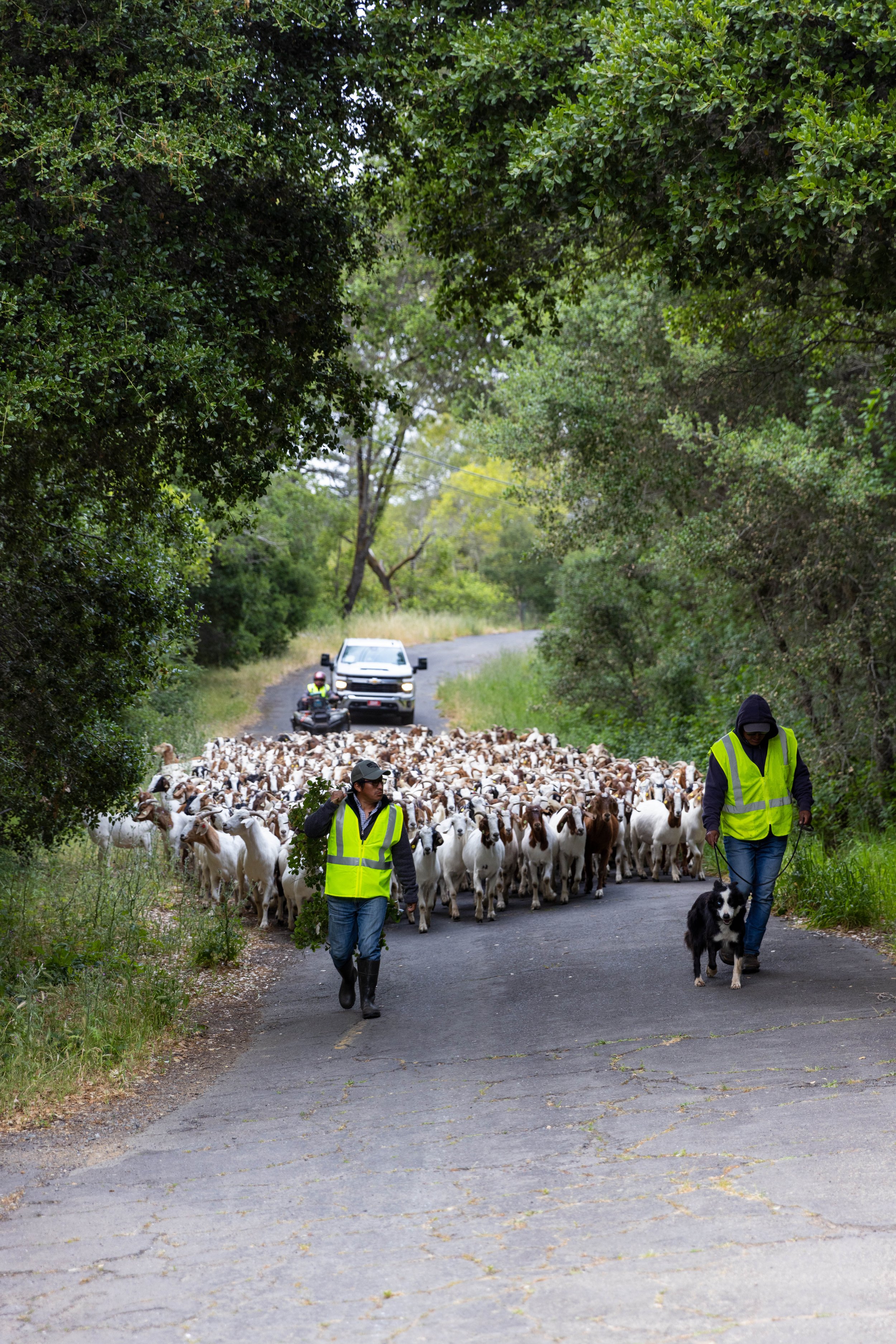

Bianca Soares and her mother Andrée continue a generations-old family tradition, raising 7,000 sheep and goats in California’s Central Valley. While these ranchers may seem unlikely agents in the struggle against wildfire in the West, so too are Roony and his nephew Nestor, who came from Peru seeking opportunities they didn’t feel they had at home. Through migrant worker visas, they’ve worked as shepherds for the Soares for over a decade. Thousands of miles from their families, they struggle to balance an all consuming profession with the dream of starting a new life together in California. Hopeful in its perseverance, this is a story about nature-based solutions for a warming world and the intricate web of relationships that inform them - amongst family, cultures and landscapes.
“I may not be a professor. I may not hold a master’s degree. I may not be a fire scientist. But there is something amazing about being in this era, in California, where we finally have a seat at a much more interesting table.”
- Bianca Soares, Star Creek Land Stewards

The timeliness of this story comes on the heels of yet another historic wildfire in Los Angeles, and as citizens, firefighters, and government officials across the state are scrambling to protect their communities. The state is currently looking to advance a full range of strategies to create more fire resilient landscapes. Until recently, prescribed grazing was completely absent from state guidance on wildfire mitigation and prevention. Late last year, with the encouragement of a coalition of partners, Governor Newsom signed into law SB 675, which directs the State Wildfire and Forest Resilience Task Force to develop a strategic plan for expanding the use of prescribed grazing, with a focus on reducing wildfire risk in and near fire-threatened communities.
With this new directive to increase prescribed grazing across the state, we see an opportunity for our film to uplift the people behind this vital work and convey its influence. Ranchers like Bianca and herders like Roony and Nestor are, in many cases, providing the first line of defense for catastrophic wildfires in communities throughout Northern California. Yet, many counties, municipalities, and citizens are unaware of the potential positive impact prescribed grazing can have in protecting them and their loved ones. With an increased spotlight on prescribed grazing at a state level, alongside the potential impact of our documentary, the stars are aligning to create lasting impact and protect communities from wildfire for generations to come.
Cabras y Chivas is fiscally sponsored by The Redford Center. Help us make this film a reality by making a tax deductible donation today!


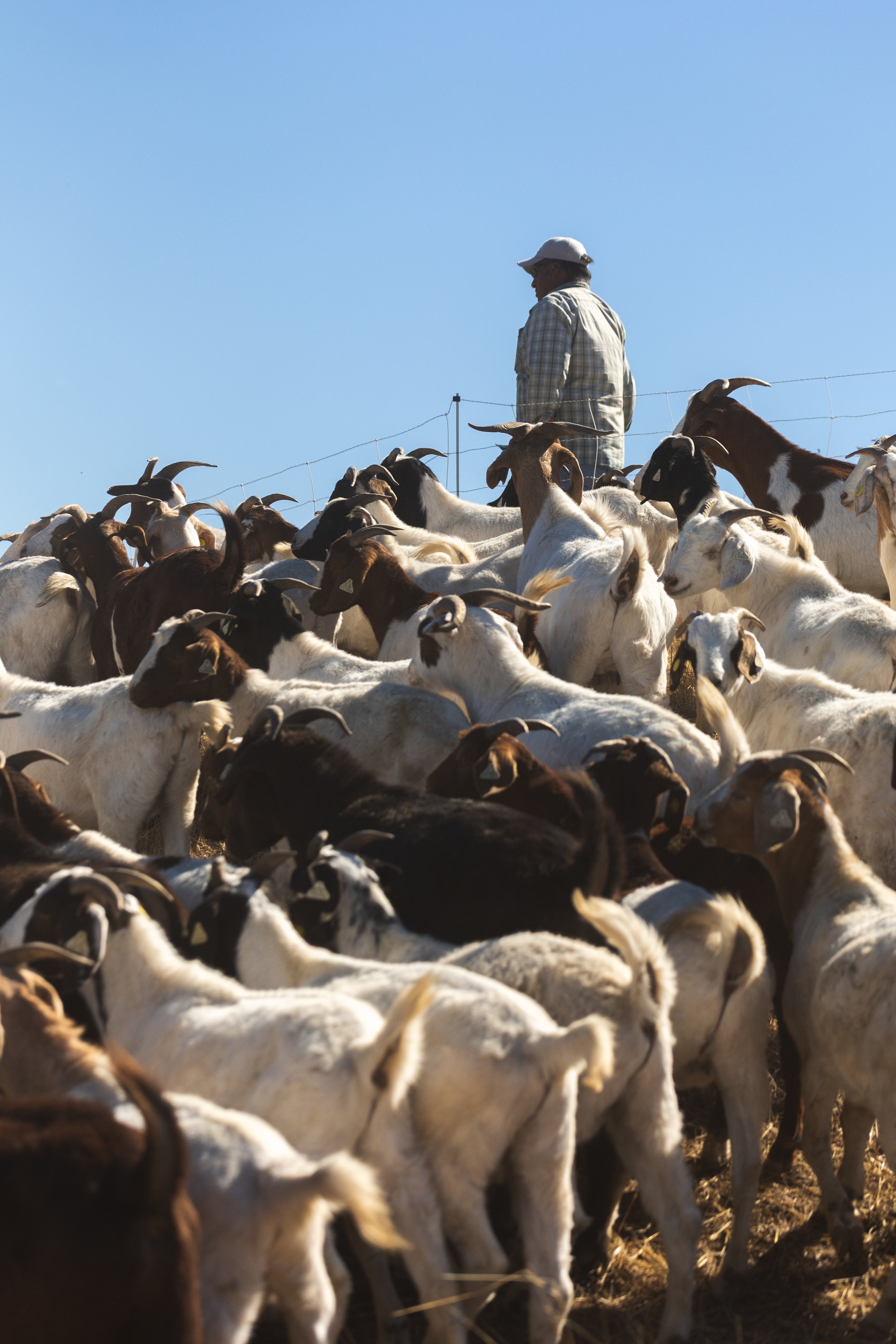

Palmer Morse
Co-Director
Palmer Morse is a multi-disciplinary, award-winning filmmaker and co-founder of Spruce Tone, working between Portland, Maine and Oakland, California. His work focuses on human stories and our connection to the planet, collaborating with nonprofits, organizations, and brands to translate their missions into powerful visual stories. His films have been featured by National Geographic, PBS, The New York Times, and at festivals internationally, earning honors including a Webby Award, Vimeo’s “Best of the Year” nomination, and multiple Telly Awards.
Nick Stone Schearer
Co-Director
Nick is a New York-raised Californian, filmmaker, photographer, partner and dad. His filmmaking began in the Gulf of Mexico, aboard fishing boats and a 4-seat Cessna, documenting the impacts of a massive deepwater oil spill. The seed planted in that oil-slicked mud eventually grew into a lifelong pursuit. After graduating from the University of Wisconsin, he spent several years working and learning in New York before moving to the Bay Area in 2015, where he now focuses on stories about wildlife, natural systems and people. And continues to collaborate with other filmmakers, organizations, and brands including Bloomberg, Netflix and the Biden/Harris campaign. Nick’s work has been nominated for Emmys, played on jumbotrons in Times Square, and used to announce a presidential election victory. He was a fellow at the 2022 Int’l Wildlife Film Festival, where his latest film, about coyotes in San Francisco, was a finalist for ‘Living with Wildlife’.
Catalina Luna
Producer & Translator
Catalina endeavors to imbue identity with visual, verbal, and non-verbal forms, particularly focusing on the intersectional identities stemming from our ancestral cultures, our unique experiences, and our interactions with the land. Her mission is to construct communicative bridges that democratize information while celebrating heritage and mixture of Cultures. She was born in New York and was raised in Santiago, Chile where she graduated as a graphic designer in 2015. Since then, she has worked and studied in various countries including Chile, USA, Mexico, and Spain, dedicating her efforts to exploring the richness of diverse cultures that have influenced her. Her work aims to support various cultural realms such as cinema, music, and museums, recognizing the vital role of interdisciplinary knowledge in design, communication, and shaping future narratives within society.
